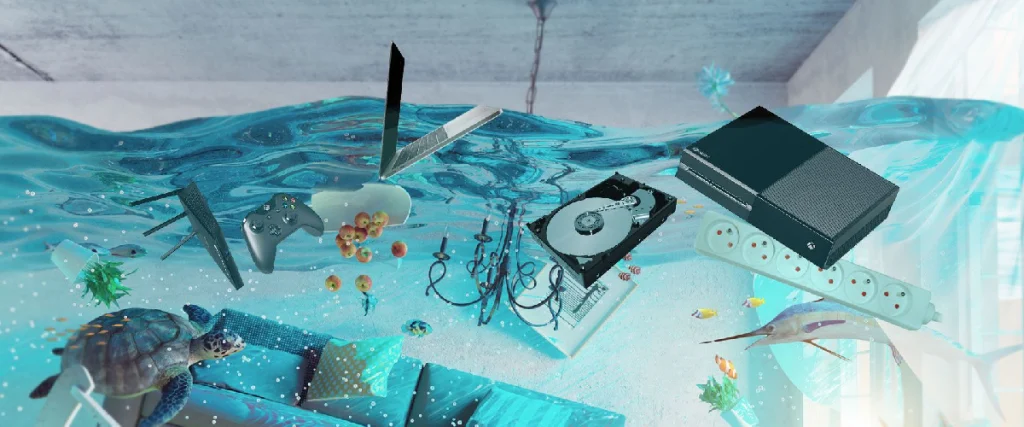
Water damage can wreak havoc on your electronics, potentially leading to costly repairs or replacements. To protect your devices, consider investing in waterproof cases or pouches. These items are designed to create a barrier between water and your electronics, making them ideal for use near pools, at the beach, or even in the kitchen. Another vital tip is to keep your devices away from areas where spills are likely to happen, such as tables where drinks are served.
Designate specific areas for your electronics that are away from potential hazards. If you find yourself near water while using your device, always be conscious of your surroundings. For example, avoid multitasking near open drinks, and consider using a secure, elevated surface where your devices are less likely to encounter splashes.
An essential part of safeguarding your electronics is maintaining awareness about humidity levels, especially in areas prone to condensation. High humidity can pose a significant threat to electronic devices by creating moisture inside components. To combat this, you can use silica gel packets, which are excellent at absorbing excess moisture. Placing these packets in your gadget bags or storage locations can help keep them dry. Additionally, investing in a dehumidifier in particularly humid environments can further protect your devices. Remember, heat and moisture often go hand-in-hand, so try to keep your electronics in cooler, well-ventilated areas. Properly ventilated spaces allow moisture to dissipate, reducing the risk of water damage considerably.
When using electronic devices outdoors, be proactive in protecting them from unexpected rain or spills. For instance, always check the weather forecast before heading out, and consider bringing waterproof covers or enclosures for your gadgets. These covers are often lightweight and portable, making them easy to carry. Moreover, if you’re heading to the beach, keep your electronics in a sealed, waterproof bag when not in use. This not only protects against water but also guards against sand and dirt, which can cause long-term damage. Also, ensure that you have a designated clean-up plan for accidental spills at home. Immediately shut off and unplug any affected electronics, then dry them thoroughly before considering turning them back on. The faster you act, the better chance you have of minimizing damage.
Accidents are often unavoidable, so knowing how to deal with water damage if it occurs is essential. If you suspect any electronic devices have come into contact with water, take immediate action. Turn off the device and unplug it from any power source to prevent electrical shock. After that, remove any removable parts, such as batteries and memory cards, which could also suffer damage. Dry all the components as thoroughly as possible with a soft cloth, then leave them to air dry completely for at least 24 to 48 hours in a well-ventilated space. It can also be beneficial to place the device inside a container filled with dry rice or silica gel to help absorb moisture. Remember that patience is key; do not rush to power on your device until you are entirely sure it’s dry inside.
Finally, setting reminders for regular maintenance can help ensure your devices remain in top shape. Plan to periodically inspect all cords, connectors, and ports for any signs of wear or damage. Water can often get into these areas and lead to malfunction over time. Clean the ports gently with a dry cloth to remove any dust or debris that may retain moisture. Additionally, consider checking for manufacturer updates or guidelines related to water exposure, as many companies now implement water-resistant designs but may require specific care procedures. Staying proactive about maintenance will not only help prevent water damage but also prolong the life of your electronics. Lastly, maintaining a safe environment, such as a designated space away from potential water hazards, can contribute significantly to the longevity and functionality of your gadgets.